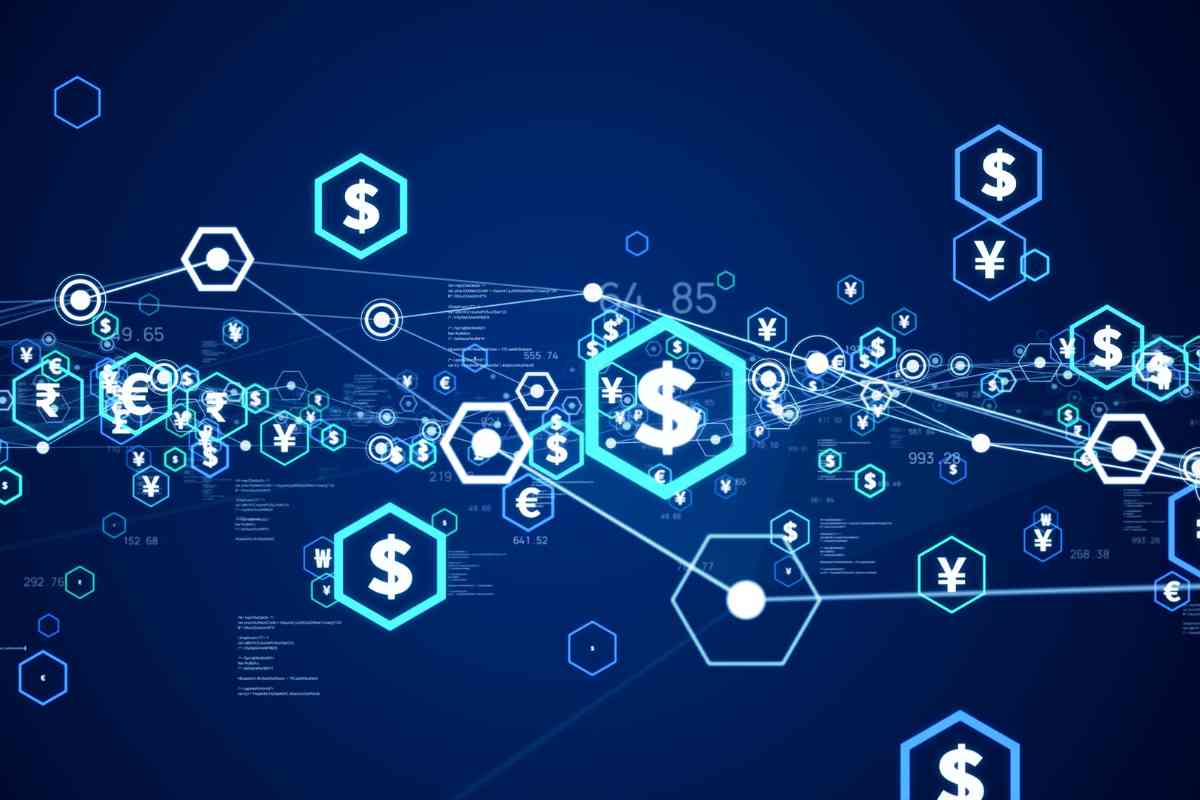What is Tokenization, and How Does it Work in Payments?

In the current paradigm of digital transactions, security, and privacy have become the cornerstones of any reliable payment system. Tokenization, a concept at the forefront of the digital finance revolution, awakens the need to understand how to protect our transactions. This article will explain tokenization and how this technology drives the next evolution in electronic payments. Get ready to discover a game changer in how we protect our transactions.
Tokenization: what it is and what it consists of
Tokenization is a fundamental process in computing and information technology, which refers to converting data or information into smaller units called “tokens.” These tokens can represent words, numbers, symbols, or any other meaningful element in a data set. Tokenization is used in various applications and contexts, and its primary purpose is to simplify and speed up data processing and analysis.
In computing and information security, tokenization is commonly used to protect the privacy and security of sensitive information, such as credit card numbers or personal information. Instead of storing sensitive data in its original form, it is replaced by tokens or codes that are easier to revert to the actual value with access to a decryption key. This significantly reduces the risk of sensitive data exposure in a security breach.
How tokenization works: three key steps
Tokenization, a pillar of security in digital transactions, operates in three crucial phases to ensure data protection and reliability in electronic payments:
1. Provisioning a token Linked to your PAN (Primary Account . Number)
To start the process, the user links their credit card number, known as PAN, with a token system. This allows payments to be made securely without private information being vulnerable to cybercriminals. Control rests with the user himself, who must configure this connection initially.
2. Token validation
Once set up, the token is sent to the credit card network to process the transaction. The network performs a detokenization process to access the card number (PAN) sent to the corresponding bank. The financial institution validates the use of this security tool.
3. Sending authorization to the seller
Once the financial institution validates the transaction, the seller receives authorization to proceed with the payment. At this stage, the network re-tokenizes the card number before sending the data to the merchant terminal, ensuring the information remains protected. Tokenization is the shield that protects each step in the electronic payments chain, guaranteeing security and reliability to all participants.
What is the relationship between tokenization and blockchain?
To understand the relationship between the token system and the blockchain, it is necessary to start by introducing blockchain technology. Blockchain means “chain of blocks.”
This technology has represented a considerable revolution since it eliminates transaction intermediaries and decentralizes management. Thanks to this, the user controls the process, not the banks. This chain comprises blocks linked together and encrypted, making the security of the data they contain much greater.
Although transactions do not have to be economic, it is in this area where it has been implemented the most due to the sensitivity of this data.
The relationship that exists between both systems is because the blockchain is made up of tokens. These tokens discussed above are parts of a completely encrypted and protected chain. Therefore, blockchain technology only allows tokenization since its operation is based on it.
To understand it perfectly, it is necessary to give an example: a consumer wants to transact with his card and uses a token system. The system encrypts the card information, confirms it, and sends it to the seller. This information is encrypted thanks to the blockchain system that continually stores information and encrypts it repeatedly to prevent intrusions.
Advantages of tokenization in payments
The main advantage for digital merchants is that they can reduce the requirements to comply with PCI DSS when storing their customers’ card data. The PCI DSS is a certificate that all digital businesses need to obtain. These acronyms are the acronym for Payment Card Industry Data Security Standard. In short, this certificate is only obtained when it is demonstrated that this data is adequately protected. But in addition to this, tokenization has many more advantages:
- Eliminates duplication of consumer data information across payment environments.
- Tokens are irreversible; Therefore, they cannot do anything if a third party accesses them. That is, the risk of card plagiarism is reduced.
- Transactions become much more convenient and faster.
- When a store stores the tokens, it does not store sensitive card data. Therefore, data protection requirements will be much lower.
- Thanks to this system, it is not necessary to implement controls related to confidential data in companies. Tokens are not considered sensitive data because they can only be used once and become useless.
- It increases the security standards of companies since all can use tokenization platforms without having sensitive customer data in their possession.
Tokenization emerges as a fundamental pillar to strengthen security in online purchases. In a world where trust and data protection are essential, this technology is an ally for consumers who want to protect their personal data and businesses seeking a worry-free shopping experience. Tokenization offers security and paves the way to a future of safer, barrier-free electronic transactions.






